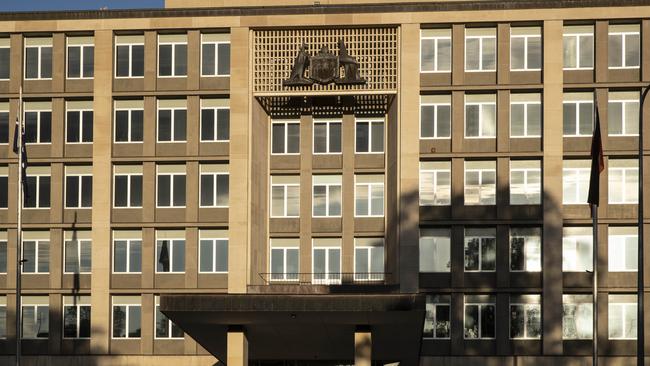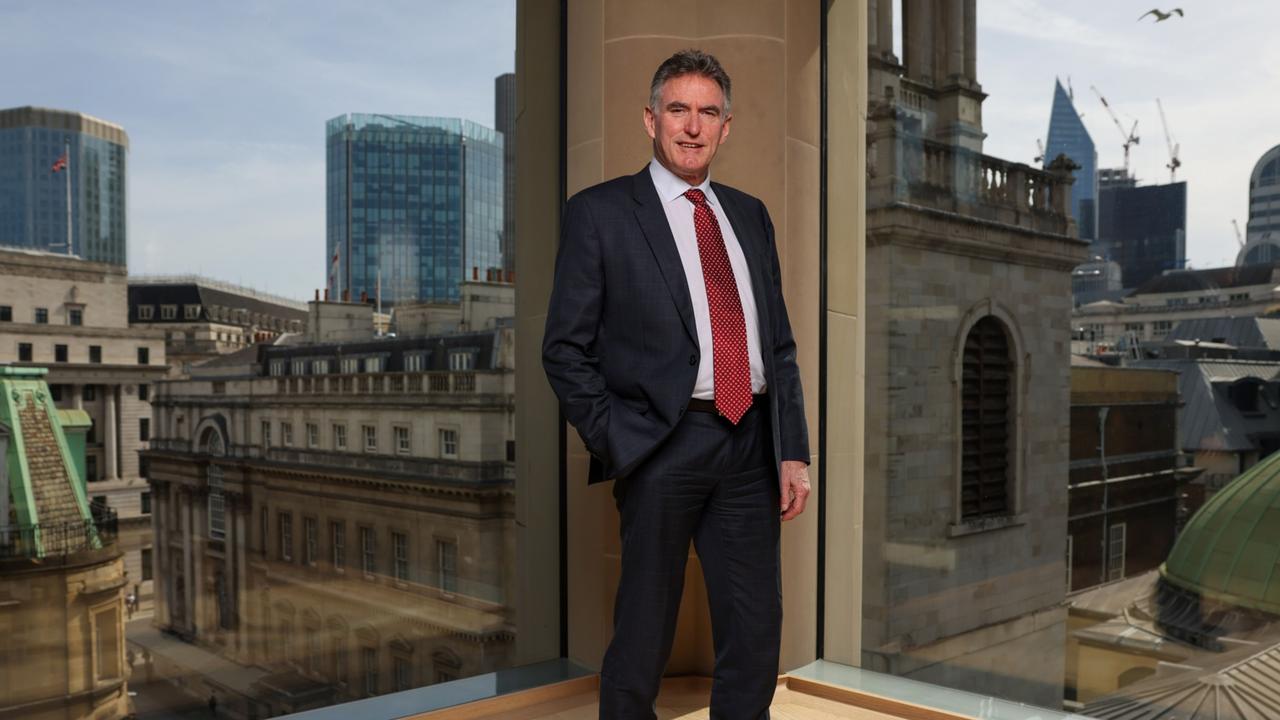Public servants shielded from COVID pain: IPA
News that Australia’s public sector payroll is growing as private industry battles the COVID downturn has bolstered calls for public service pay cuts.

Australia’s public sector payroll is larger than it was before the enactment of economically damaging lockdowns earlier this year, according to a new analysis warning the division between private and public sector workers has never been more stark.
While the number of federal, state and local employees has increased 1.7 per cent or by almost 14,000 since March, the Institute of Public Affairs has argued the number of private sector positions has fallen more than 604,000, or 5 per cent, over the same period.
The findings from the free-market think tank are informed by an analysis of new payroll data provided by the Australian Bureau of Statistics this week.
“The differences between the two Australias have never been so stark. Those working in the public sector have been insulated from the job losses occurring in the productive, private sector,” said Cian Hussey, Research Fellow at the IPA.
“All politicians and senior public servants earning over $150,000 a year should take an immediate 20 per cent pay cut to share in the sacrifice made by the private sector.” In April, the IPA commissioned a survey that found 74 per cent of respondents wanted to see a significant pay cut for politicians and top public servants.
The IPA analysis of the ABS’s latest payroll figures, which found total jobs nationally had stagnated at around 4.5 per cent below the pre-COVID level from mid March, suggested the total weekly wage bill for the public sector had increased by $21m since then. The value of private sector wages had fallen $725m.
The analysis comes ahead of the release of the July labour force survey on Thursday, which is expected to see unemployment rate increase toward 8 per cent. Private sector wages shrank 0.1 per cent over the three months to June in the worst quarterly result on record, the ABS said on Wednesday, while public sector wages increased 0.6 per cent
“It is clear that we are not all in this together. There is no concept of shared sacrifice amongst the public sector workforce,” Ms Hussey said.
“Not only are public sector workers better off than private sector workers, but it is those in the public sector who decide when those in the private sector can go back to work. This is a serious moral hazard where those responsible for imposing the lockdown measures do not suffer the consequences of those measures.”
Separate IPA analysis has estimated that over 52 per cent of a labour force of just over 13 million were either now employed by one of the three tiers of government or in receipt of JobKeeper or JobSeeker payments.
“By refusing to acknowledge the suffering that mainstream Australians in the private sector are experiencing, politicians and senior public servants are compounding the differences between the two Australias.”



